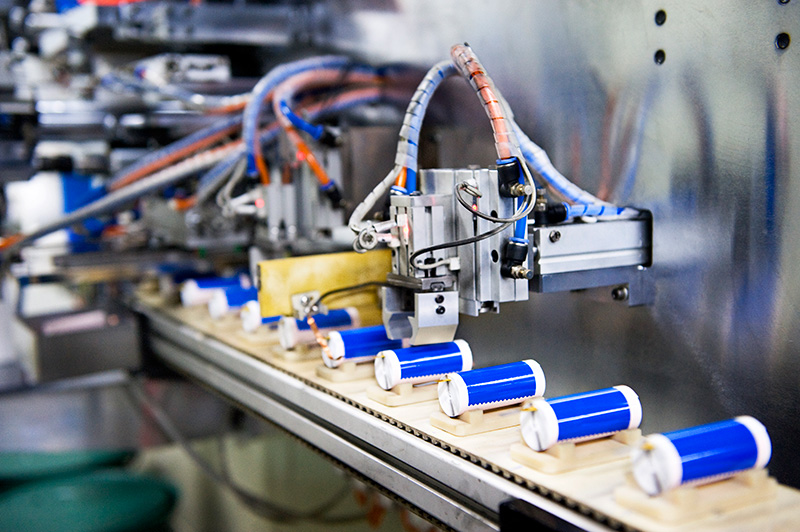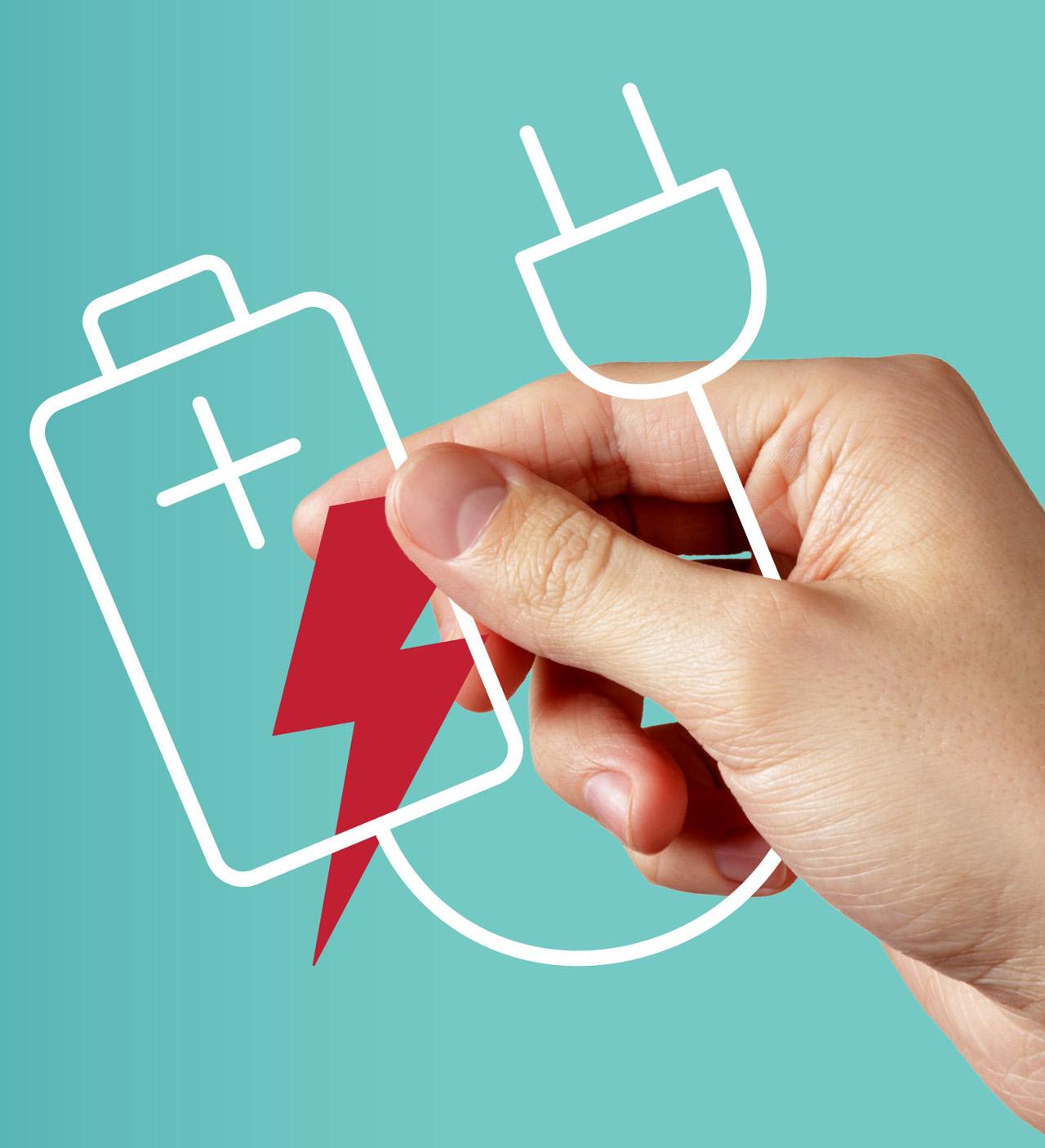What Makes Counterfeit Batteries Unsafe?

By Dr. Judy Jeevarajan,
vice president and executive director of the Electrochemical Safety Research Institute (ESRI)
Previously I discussed how to avoid low-quality, counterfeit batteries and battery chargers from unreliable manufacturers. We noticed this issue while conducting research on various lithium-ion batteries over the past several years.
A research collaborator received cells that were labeled with a capacity that was 1.5 times the maximum that can be provided by a certain cell volume. On further studies and testing, it was observed that the cells were counterfeit. To further understand the issues with counterfeit cells, the ESRI team procured cells online that touted to be from a reputable manufacturer and procured others that had capacities that were abnormally high for that particular cell model.
So, besides researching top-tier cells and batteries, we also began to focus on these counterfeit cells and batteries. It was important for us to know what exactly was unsafe about the counterfeit cells so we can raise awareness for the value of correctly manufactured and certified batteries and help to better protect the public.
Today we’ll discuss some of our findings from researching and experimenting with counterfeit lithium-ion batteries.

Certified battery cells don’t necessarily mean a whole certified battery
When we speak of “cells” in batteries, the “cell” refers to the unit that converts electrochemical energy into electrical energy. The battery can be made up of one or more of these cells. Electric vehicle batteries can contain hundreds or thousands of cells, for instance.
A lot of what goes into a lithium-ion battery are safety mechanisms – both in and around the cell. Everything in and around the cell is there to control the energy and power so it delivers the electricity you need in a safe and measured way.
Related
What keeps Li-ion batteries safe? Original branded cells and batteries with authentic safety marks have undergone extensive testing and are certified by approved accredited labs. Watch animated infographics that explain this testing and read more in this article from Be Safe Buy Real.

With counterfeit lithium-ion batteries, lower quality means higher risk of danger
While alkaline batteries may also be fakes, most counterfeit batteries are lithium-ion because the market is bigger and more lucrative. The danger is greater too, as lithium-ion runs the risk of thermal runaway and deflagration.
The main safety hazard posed by lithium-ion batteries, thermal runaway, happens when the battery heats up rapidly and uncontrollably. Each cell chemistry and model number have a critical threshold temperature above which further heating can no longer be controlled. Once thermal runaway sets in, it can lead to temperatures of up to 1000°C. Besides this extreme heat itself, other dangerous consequences are electrolyte leakage, smoke, fire, and thermal runaway. This can not only damage the device and ignite larger fires but also cause severe injuries to people.
Battery safety requires safe design, proper materials, and clean manufacturing
Thermal runaway is caused by a fault in the battery, or often simply bad design, which can lead to several off-nominal events that can then finally result in a thermal runaway. Certified batteries have been tested to keep this from happening, thanks to complex safety mechanisms and controls that kick in before the battery-internal temperature reaches the threshold temperature that would lead to thermal runaway.
A properly manufactured battery will have safety already built into the cell as well as its battery management system (BMS). Manufacturers of counterfeit batteries, on the other hand, will not include the safety mechanisms or stringent controls in their products, or they are usually only the bare minimum to keep the battery from failing immediately. Counterfeiters may also use certain cheap materials to boost the capacity of their batteries, so people think they are working, but they do not last long.
Manufacturing a proper lithium-ion cell and battery also requires a very controlled environment. Lithium-ion cells are assembled in a “clean room,” i.e., a room with no dust and very low humidity. Impurities and humidity negatively impact the safety and longevity of the battery cell. Creating these ideal manufacturing conditions are often too much work for counterfeiters and cost too much. Learn more about lithium-ion manufacturing and risk reduction.
Watch and learn more about how counterfeit batteries can pose safety risks to your loved ones
The pervasiveness of lithium-ion batteries
Lithium-ion batteries are already everywhere in our lives, and more than likely, they will continue to be the predominant type of battery. Almost all portable electronic devices like laptops, smartphones, camcorders, and cameras contain lithium-ion batteries. Lithium-ion batteries are also prevalent in marine and space applications, in electric vehicles from cars to electric bikes and scooters, and in large stationary grid energy storage systems.
To meet this growing demand, new battery manufacturers constantly enter the market, yet not all of them go to the expense and trouble of ensuring battery safety. As a consumer, we recommend you stay informed and avoid counterfeit batteries and chargers both to discourage this disregard for safety and to protect yourself, your loved ones, and anyone involved in shipping and using them.
PUBLISHED









